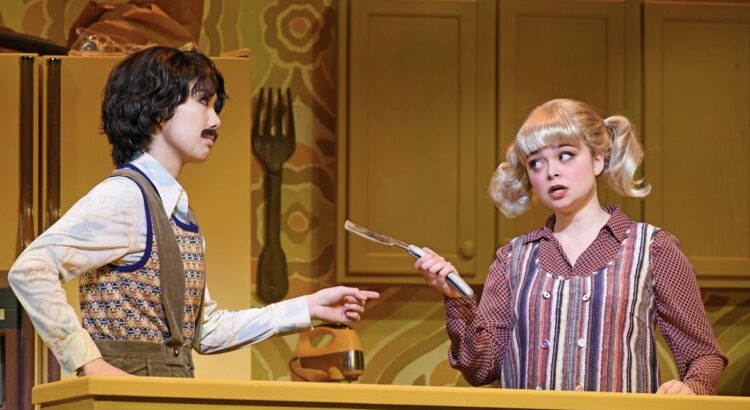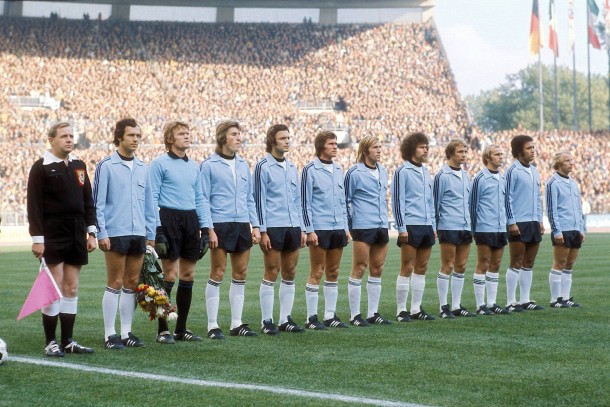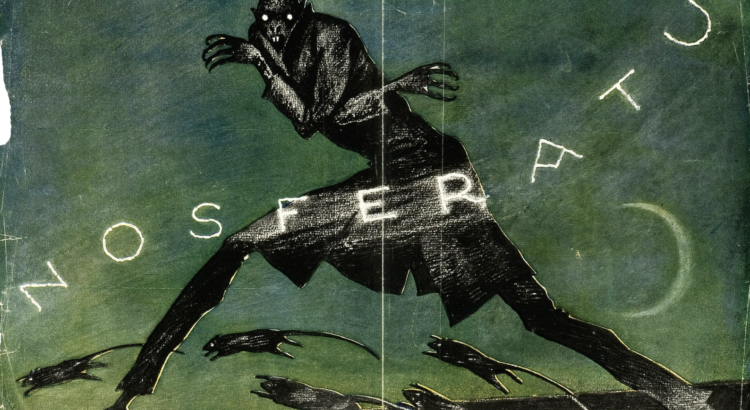November 14th | 8:00 pm |Power Center For The Performing Arts
Is everyone on drugs in SMTD’s Hänsel und Gretel? That is a question I don’t know the answer to.
Director Gregory Keller brought an eccentric new take on the classic fairytale last weekend, one that was unanticipated by opera’s more familiar audiences. Traditionally, this story is pretty straightforward: young mischievous kids, absent parents, the candy house, the witch and the oven, the whole sha-bang. But Keller took everything up a notch—and academia seems like the right place to do that, right?
Mr. Keller has spent twenty-six seasons at a little place called The Metropolitan Opera in New York City, where he’s staged vibrant and thought-provoking revivals of some of opera’s most notable works. He’s eager to try new things, but is opera itself ready?
This charming opera was written by German composer Englebert Humperdinck with libretto by his sister, Adelheid Wette. His Wagnerian influence is clear in his richly textured orchestration and memorable, complex, and emotional melodies. His magical, atmospheric score lives in a lighthearted fairytale world, but make no mistake—it’s not an easy sing. This production showcased some of the Department of Voice & Opera’s finest talent.
The production took us back to the 1970s: trading in brooms for vacuums and the witch’s oven for an oversized microwave. The dramaturgy note mentioned their intention to mirror the political landscape of the 1970s to today, providing clearer context to the artistic choices made. Hänsel (Daiyao Zhong) and Gretel (Ingrid Kuribayashi) start the opera deprived of food in their home, parentless, and bored. When Mother and Father (a stunning Christina Parson & commanding Andrew Smith) return, they bring battles of their own: a quaaludes addiction and rampant alcoholism.

Ms. Kuribayashi and Ms. Zhong make a playful pair onstage, displaying vocal mastery over Humperdinck’s lush, folk-inspired melodies. They both portrayed a commitment to the fanciful youth of the music and had enjoyable presences onstage (along with stellar vocals). They both seemed to be pushed up an age bracket from the original story: Hänsel is sporting a mustache and smoking cigarettes while Gretel’s lively physicality makes me think she is within the realm of a frisky preteen. Perhaps the age shift brings accessibility to college-age audiences?

Mother and Father’s chaos sends them into the woods, where they meet The Sandman (Madeline Surroweic), an Alice In Wonderland adjacent Caterpillar-like ghost who sends the children to sleep with a backpack of hotboxed smoke. The angels (who are supposed to protect the children while they sleep) are replaced with an entourage of leather jacket-wearing goons who send them up mysterious white stairs into the sky, ending Act I. I couldn’t exactly read what was going on— Were they ascending to heaven? Drugged by the Sandman? Part of some master plan orchestrated by The Witch?
They are awakened by the Dew Fairy (Anne-Marie Attanga, who sparkles vocally) in a brief and shimmering aria, right before the children realize they are outside the cottage of The Witch (Spencer Vandellen) decorated in colorful drag. This role was written for a mezzo voice but is also standard to be performed by tenors. Vandellen has a stellar upper range and navigates vocal passages with ease, without sacrificing an ounce of drama from the exuberant Witch.
Perhaps Keller’s unusual choices support deeper messaging regarding Hänsel and Gretel’s need to escape the demons of their own home: addiction-ridden parents, food deprivation, and an understated need to explore layered with teenage angst. All ambiguity aside, the eccentricity of the production kept me intrigued from start to finish.
I’m sure Keller’s nuanced take on this Brothers Grimm tale startled traditionalist opera-goers, but it seems academia is hungry to shake up this 400+-year-old art form, and I appreciate that. With or without drugs, I think it’s time for opera to embrace its hot takes from ambitious directors. Better sooner than later before opera is the next thing in the Witch’s oven.
Hänsel und Gretel runs November 14-17 at the Power Center for Performing Arts. Images thanks to @umichsmtd on Instagram.

















